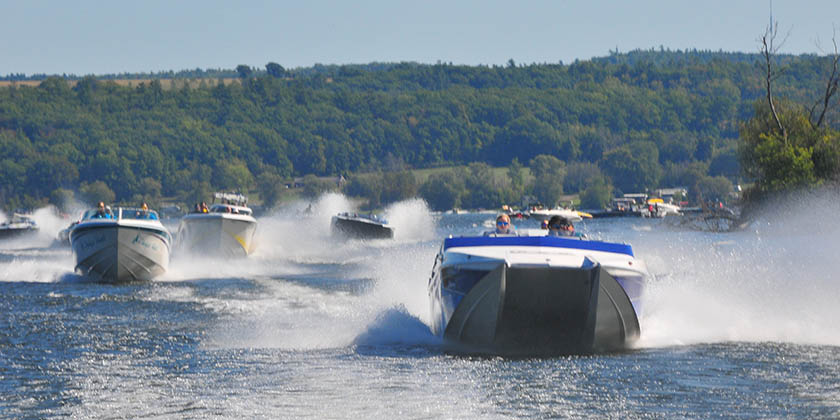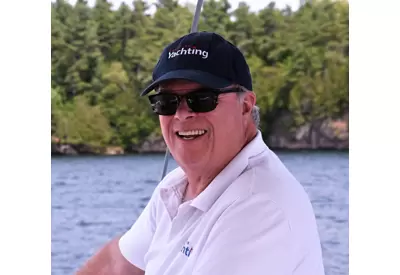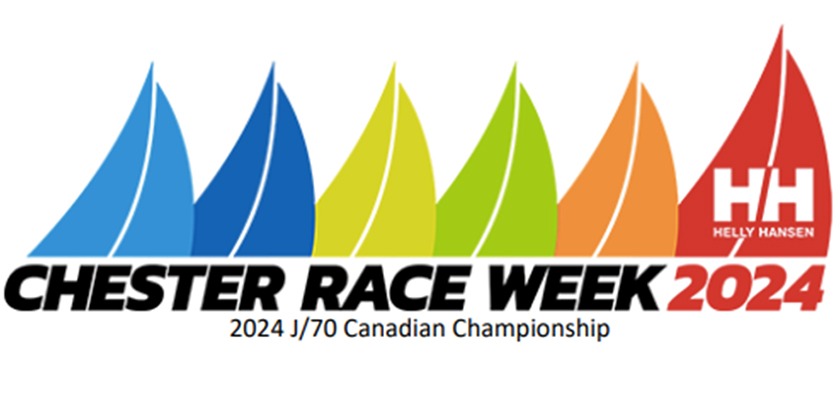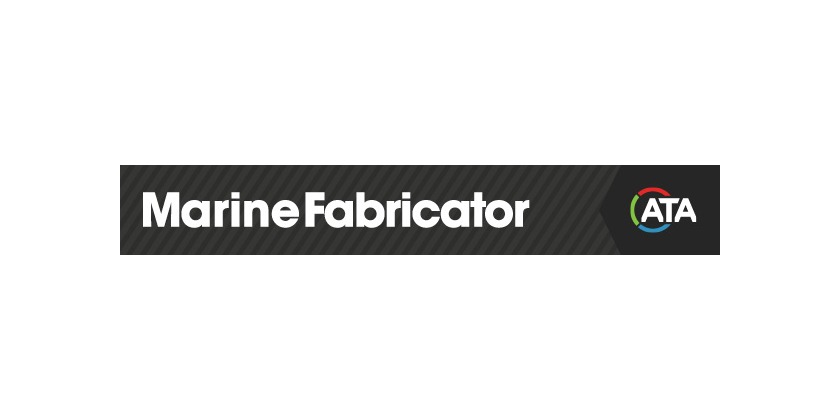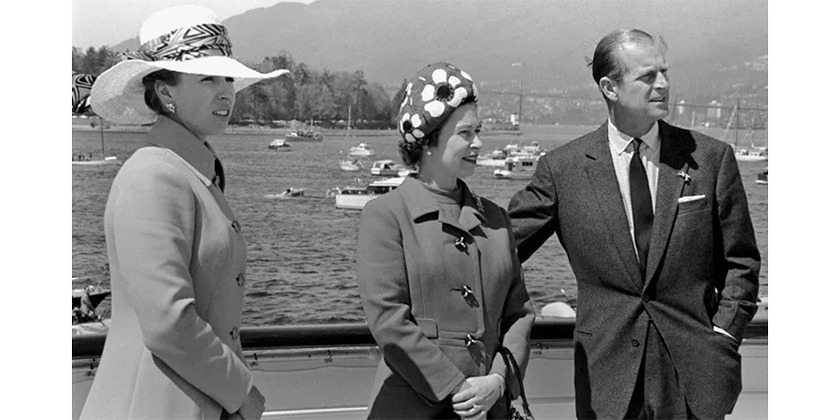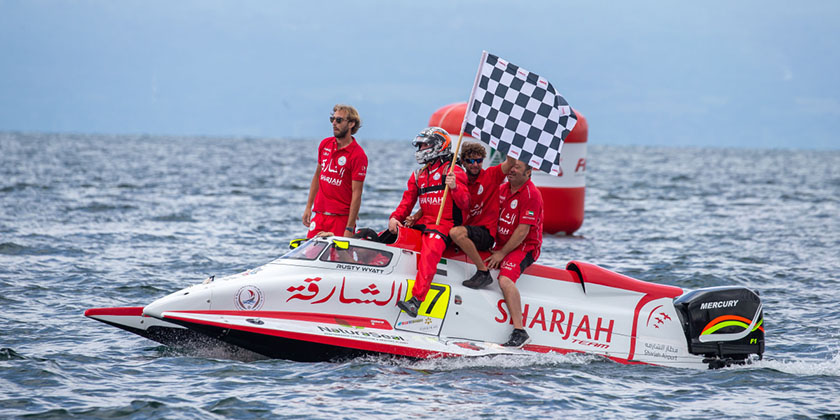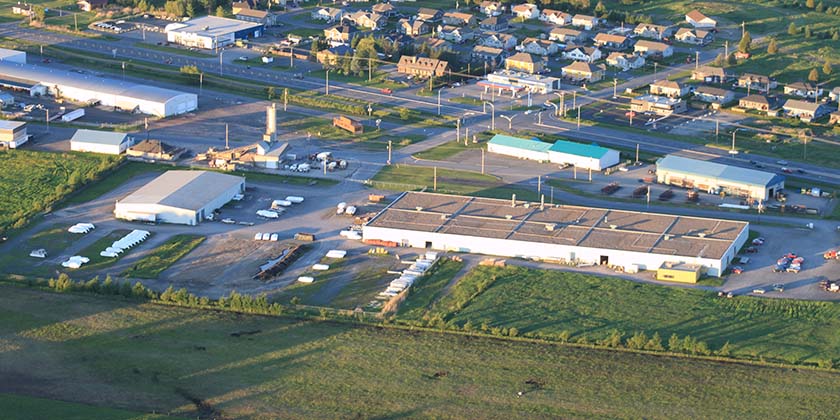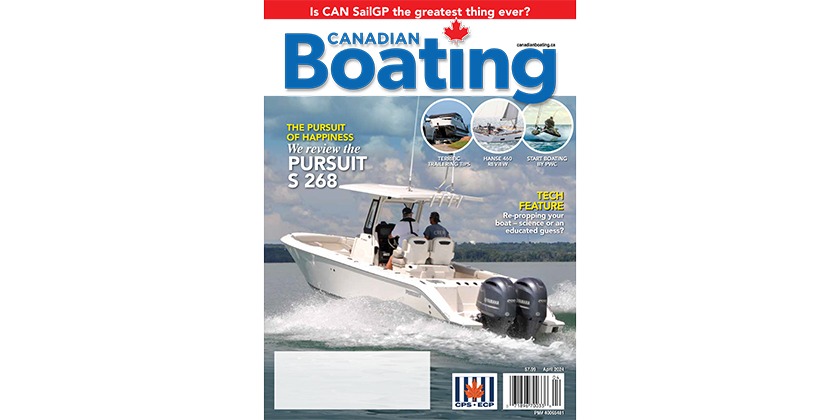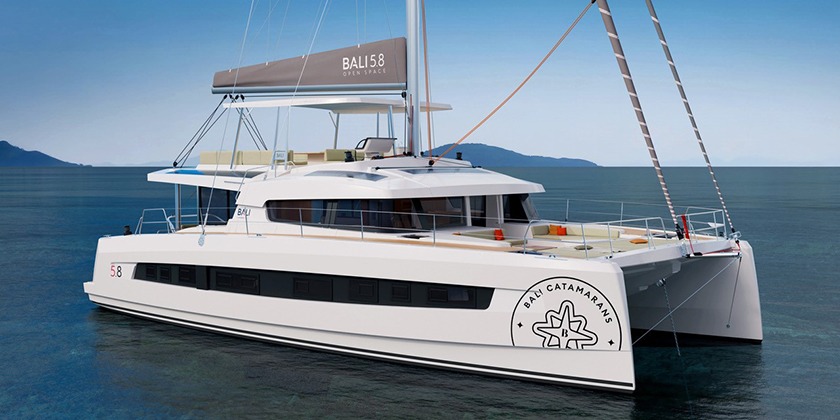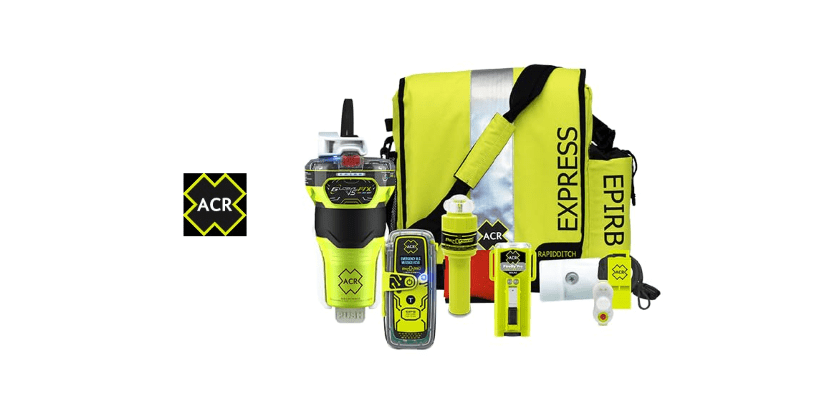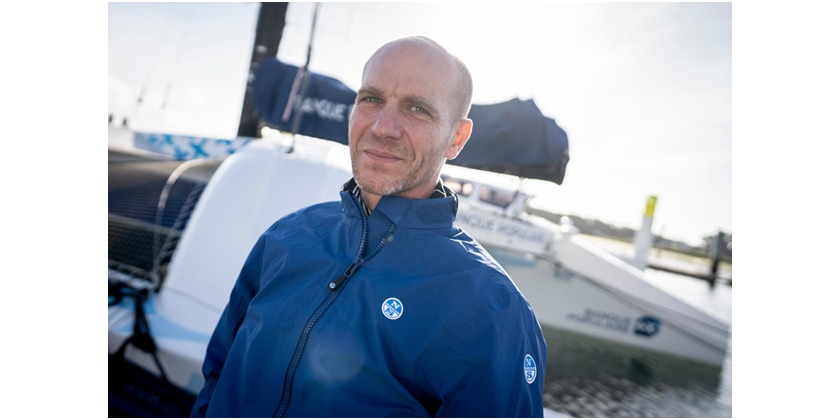Get involved or get legislated
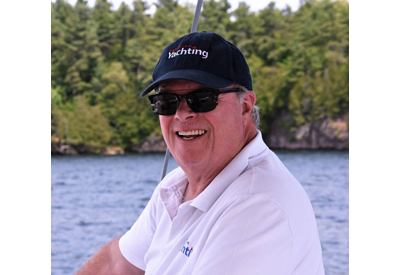
Feb 14, 2023
Here we go again. The government seems to be rapidly pushing toward more new legislation that will impact boating. This time it’s Mandatory PFD Wear on boats. It’s an old discussion but suddenly, Transport Canada has put a deadline of February 20, 2023 on gathering input on what may be significant new boating legislation. In this edition of Boating Industry Canada News Week, we urge you to read the story and respond to the “URGENT call for all marine industry professionals to respond to Transport Canada mandatory PFD proposals”.
Boating Ontario lead the charge on this but all of Canada’s marine trade associations are working together for a unified approach to this matter. The position that the marine trade associations are taking on the mandatory life jacket / PFD discussion is as follows:
-We are in favour of mandatory wear on human powered vessels
-We are in favour of developing an effective solution that protects children
-We are in favour of a three-year national law enforcement survey which tracks the size of all watercraft involved in incidents. The data from this would help determine the most effective solutions regarding vessel length for mandatory wear.
On this round of discussion by Transport Canada, they have offered up discussion points starting at a 6-meter boat length. That’s 19’6” and that covers the vast majority of pleasure craft in use in Canada. Maybe a smaller size is more reasonable.
But you should ask, are boating fatalities rising? Actually, no. Over the past 15-years or so, there has been a reduction in fatalities of 35-40%. Surprised? Credit the PCOC program that forces boaters to get more boating education and also credit new, better PFD designs that are more comfortable, more attractive and more effective.
Here is a bit of “pretzel logic” for you. If every boater was forced to wear their PFD at all times, wouldn’t that make enforcement easier? Well, yes but that could be a bad thing. If the police could easily see that everyone was wearing their PFD, there would be little reason to stop a boater who might have an open case of beer under the deck. The way the laws are now, the police randomly stop boaters to do a safety check and so, few people would risk having alcohol in the boat or going out without other items of safety equipment.
This isn’t a simple matter. It seems that the regulations as they are now, are doing a good job for boating safety. Of course, protect the children – that’s a given. Maybe new laws will help but most parents already put children in PFDs anyway. Statistically, very few children drown in boating mishaps. Another statistic that might surprise you is that many adults say they are OK with PFD wear. Again, education and better PFD designs may deserve the credit.
There are resources available to help you learn more and to form a reasoned opinion on this. Go to the Canadian Safe Boating Council website (www.csbc.ca) or the Canadian Lifesaving Society website (https://www.lifesavingsociety.com) or just “Google” with your question. There is a wealth of research already done and available to you for free.
Another important consideration is being explored by the Playsafe Productions group lead by Ted Rankine who was one of the first people to realize that an unexpected dunking can cause a gasp reflex as the person hits the water. The involuntary gasp draws in a lung full of water and the person drowns. Experiments that Playsafe is doing now, is exploring the fact that while very cold water is very dangerous, any unexpected fall into the water can be fatal. Check their websites at www.playsafeproductions.com .
Learn as much as you can but please speak up before February 20th . When the Liberal government proposed the new Luxury Tax on boats, it seemed that a relatively small number of people took direct and concrete action. Mandatory PFD wear legislation could pass into law quickly and there could be unintended consequences.
Work with your marine trade association on this very important matter and get active now. Once again it will be “get involved or get legislated.”
Andy Adams – Editor

